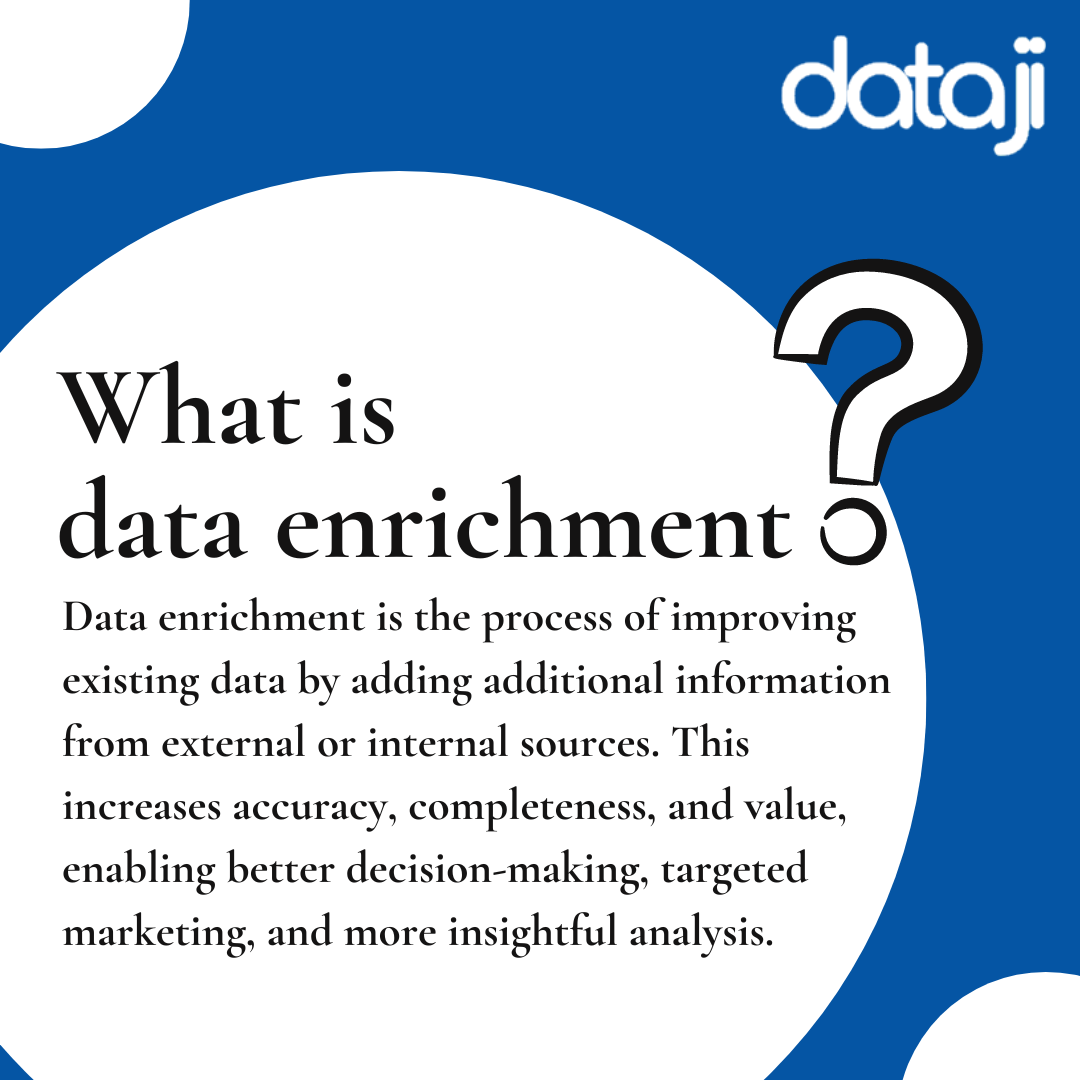1. Data collection
The first step is gathering the initial set of lead information. This often includes basic details like names, email addresses, phone numbers, and any other relevant contact information. These details are typically collected through forms, surveys, website interactions, or other lead generation activities.
2. Data integration
Once the initial data is collected, the next step is to integrate additional information from various sources. This could involve connecting with external databases, third-party services, or other data providers that can supply supplementary details such as demographic information, company size, industry, or recent behavioral data.
3. Data validation and cleansing
Enriched data must be accurate and up-to-date to be useful. This step involves verifying the collected data to ensure its correctness and relevance. Any outdated, incorrect, or duplicate information is identified and corrected or removed. Validation tools and algorithms play a crucial role in maintaining data integrity.
4. Data enhancement
After validation, the next step is to enhance the data by appending additional details that provide deeper insights. This may include adding job titles, social media profiles, purchase history, or engagement metrics. The goal is to create a more detailed and actionable profile of each lead.
5. Data segmentation
With the enriched data, leads can now be segmented based on specific criteria such as industry, job role, buying behavior, or company size. This segmentation allows for more targeted marketing efforts, where messaging and outreach can be customized to meet the needs of each segment.
6. Ongoing maintenance
Data enrichment is not a one-time process. Continuous maintenance is required to keep the data fresh and relevant. Regular updates, monitoring, and re-validation ensure that the lead information remains accurate and useful over time
Tools and data enrichment service providers companies
Various tools and services can assist in the data enrichment process. For example, platforms like Dataji offer comprehensive solutions that automate much of the enrichment process, ensuring data accuracy and relevance with minimal manual intervention. These tools often integrate with existing CRM systems, making it easier to incorporate enriched data into daily workflows.
Best practices for ensuring data accuracy and relevance
To maintain the highest quality of lead data, it’s essential to follow best practices such as regular data audits, using reputable data sources, and employing robust validation methods. Additionally, implementing privacy and compliance measures ensures that data enrichment practices align with legal and ethical standards.






